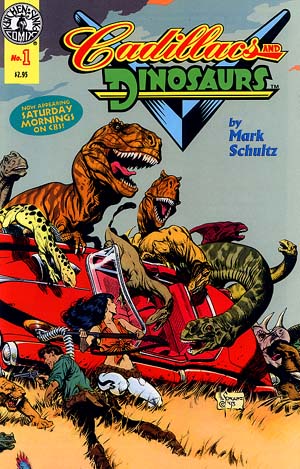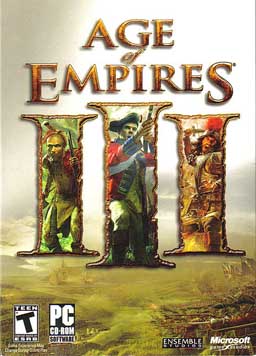Farm Mania Game - Spend a great time in the country with Anna!
Plant vegetables, raise animals, become a beekeeper...the possibilities are endless in Farm Mania! The more plants and animals you have, the more products you've got and the more money you can earn from selling them! There are many different bonuses and upgrades for all your activities such as energy drinks and shoes to move faster, more efficient equipment and much more! So, come spend some time in the country with Anna and her family in Farm Mania!
Full Farm Mania Game Features:
An Exciting Life On The Farm!
60 Action-Packed Levels!
Play Arcade Or Casual Mode!
Spend Some Time In The Country!
Awesome Farm Mania is a Action and Arcade game for Windows Operating System that available for free download. Just a few moments you need for Farm Mania Game to get downloaded and installed with a fast Internet Connection. You can play Farm Mania during one hour for free. After this you have two options: uninstall the game or buy Farm Mania Full Version Game for your Pc.
REQUIREMENTS:
Windows 98, Windows XP, Windows Me, Windows Vista
Memory: 256 MB
DirectX: 7.0 or later
CPU: P3 700








